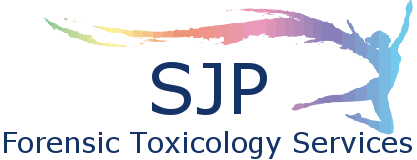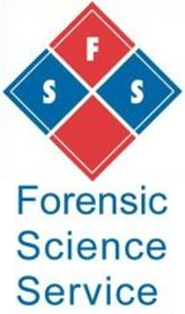| 0-50 |
Sobriety |
No apparent influence, excitement, talkativeness, enhanced sense of well-being |
| 30-120 |
Euphoria |
Mild euphoria, sociability, talkativeness, increased self-confidence, decreased inhibitions, diminution of attention, judgement and control, beginning of sensory-motor impairment, slowed information processing, loss of efficiency in finer performance tests, noticeably under the influence |
| 90-250 |
Excitement |
Staggering gait, emotional instability, loss of critical judgement, impairment of perception, memory and comprehension, decreased sensory response, decreased perception and coordination, increased reaction time, sensory-motor inco-ordination, impaired balance, drowsiness |
| 180-300 |
Confusion |
Disorientation, mental confusion, dizziness, exaggerated emotional states (fear, sorrow, rage,etc), increased muscular inco-ordination, staggering gait, slurred speech, impaired balance, decreased sensitivity to pain |
| 250-400 |
Stupor |
General inertia, marked muscular inco-ordination, inability to stand or walk, vomiting, impaired consciousness, sleep or stupor, apathy, approaching paralysis, markedly decreased response to stimuli, respiratory depression |
| 350-450 |
Coma |
Complete unconsciousness, coma, anaesthesia, depressed reflexes, subnormal temperature, impairment of circulation and respiration, possible death |
| 450+ |
Death |
Death from respiratory and cardiovascular depression |





